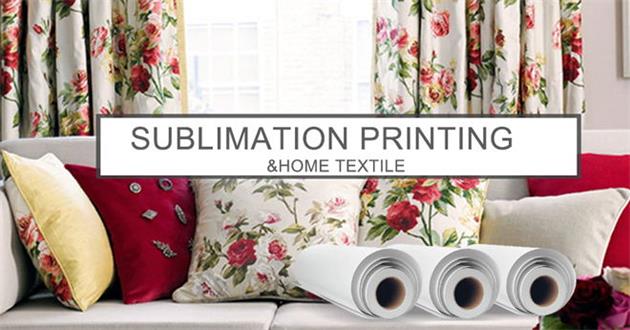The Difference Between Heat Transfer Papers for Light Fabrics and for Dark Fabrics
Heat transfer paper has become a popular garment decorating method. The papers are generally divided into two categories: for light fabrics and for dark fabrics. Today, we will analysis the difference between the papers.
Light fabrics: white, light gray, heather gray, and pale color shades.
There is a gray area of some colored fabrics that can be considered either category by some, such as bright neon colors or certain pastels which allow for a very dark or black design to be transferred well by using paper for light fabrics.
So what is the real difference between these papers? Papers for light fabrics are very thin and the white of the paper tends to transfer as an almost transparent layer that blends nicely into the shirt. Since the transfer is so thin, it partially relies on the white of the fabric to make the design look more opaque. If the fabric is a darker color, for example a bright red, the design in general will be tainted red because of the base color of the shirt. For that reason, papers for dark fabrics were made thicker and much more opaque in order to avoid the fabric color showing through. These papers transfer the white of the paper as an opaque sheet, which is why the design has to be trimmed down or any white leftover will transfer solid white and will not blend in with the shirt. Dark fabric papers tend to have a feel similar to a sticker or vinyl onto the shirt vs. papers for light fabrics that feel more like a screen print and take on the texture of the fabric.
Another difference, most seen in papers for inkjet printers, is the way the paper is applied onto the shirt. Papers for lights are pressed face down on the garment and then the backing is peeled off immediately after pressing (hot peel). It is a less time consuming process since you can trim close to the design but it doesn’t have to be exact to the edge. Papers for dark fabrics are trimmed or cut with a vinyl cutter so any excess background can be removed, and then the design is peeled off the backing and placed face up on the shirt, then pressed with a protective sheet on top such as silicone or Teflon. Once the pressing time elapses, the design has to be in most cases cooled off before removing the protective sheet of your choice (cold peel).


In conclusion, papers for dark fabrics are compatible with ALL colored fabrics, but papers for light fabrics are only compatible with whites or light tones of color.
More information:
Website: www.ink-sublimation.com
E-mail: sales@ink-sublimation.com





评论
发表评论